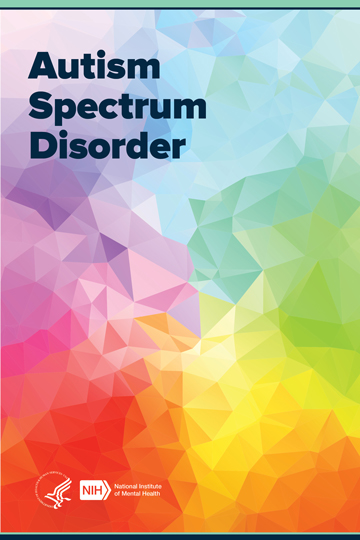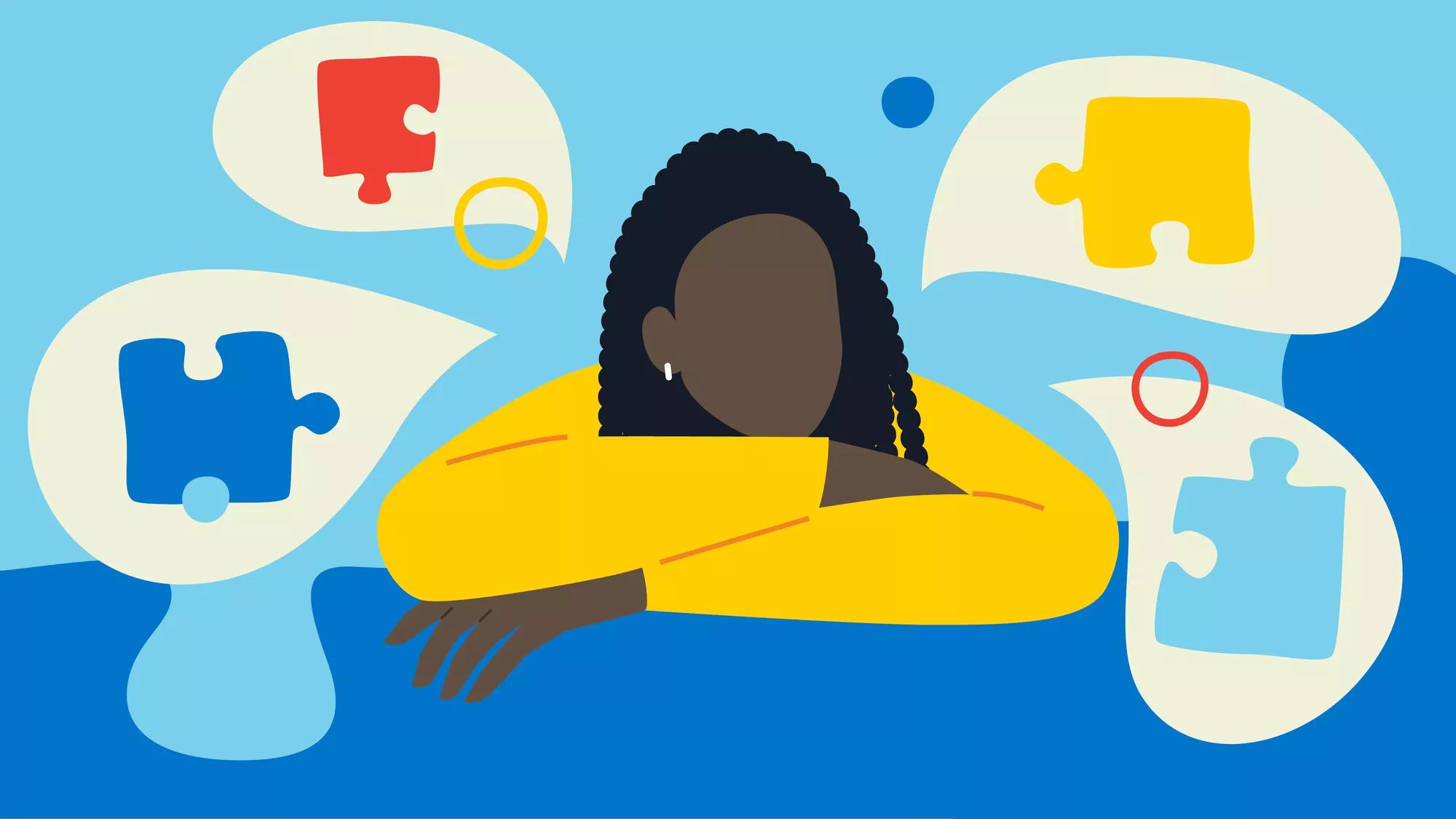Navigating Social Obstacles: Tips for People Coping With Autism
Navigating Social Obstacles: Tips for People Coping With Autism
Blog Article
Discovering Autism: Approaches for Effective Interaction and Interaction
Reliable communication and interaction with individuals on the autism range necessitate a thorough understanding of their special needs and choices. The complexities of these techniques reveal more considerations that warrant exploration, especially in how they can be adapted to individual experiences and diverse contexts.
Recognizing Autism Range Problem
Autism Range Problem (ASD) includes a variety of neurodevelopmental conditions defined by difficulties in social interaction, interaction, and repeated actions. The term "range" shows the diverse manifestations and varying levels of severity experienced by individuals with ASD. While some may display significant impairments, others may show high-functioning traits, permitting greater independence in life.
The start of ASD typically occurs in very early youth, with indicators frequently recognizable by age two. Very early signs might include postponed speech growth, limited eye call, and troubles in understanding social hints. Although the accurate etiology of ASD remains vague, research study suggests a mix of genetic and ecological aspects plays an essential function in its growth.
As a result, treatments and assistance customized to private demands are essential for fostering communication and social skills. Recognizing the complexity of ASD is essential for promoting recognition, acceptance, and effective strategies that help with significant communications with individuals on the spectrum.

Relevance of Clear Interaction
Reliable communication is important for cultivating understanding and connection, especially for individuals with Autism Range Condition (ASD) Clear communication not only helps with social interactions yet also improves the individual's capacity to share their needs, ideas, and feelings. For individuals with ASD, the nuances of language can usually be challenging; for that reason, making use of unambiguous and straightforward language is necessary.
Additionally, clear interaction aids lower stress and stress and anxiety that might develop from misunderstandings. When messages are shared in a straight and constant way, people with ASD are much better equipped to interpret details accurately, which can substantially enhance their social involvement and participation in numerous setups.
Developing routines and utilizing aesthetic supports can better reinforce clear interaction. These techniques offer individuals with predictable frameworks that assist understanding and retention of information. Additionally, actively listening and being client throughout interactions advertises an encouraging environment where people with ASD feel valued and understood.
Eventually, focusing on clear interaction not just equips people with ASD but also promotes even more purposeful links with their peers, caregivers, and the bigger area, leading the method for collective connections and inclusive communications. - autism
Non-Verbal Interaction Techniques
Interaction prolongs past words, and for individuals with Autism Range Problem (ASD), non-verbal cues play a significant role in interactions. Non-verbal interaction strategies can include faces, motions, body language, and eye get in touch with, every one of which serve as crucial elements for conveying intentions and feelings.
Recognizing and interpreting these non-verbal signals can enhance interactions with people with ASD. For example, a cozy smile or open posture can produce a welcoming ambience, urging involvement. Similarly, making use of aesthetic aids-- such as picture cards or symbols-- can connect interaction gaps and help communicate messages better.
It is likewise vital to be conscious of individual area, as individuals with ASD might have different comfort levels pertaining to proximity. Observing their responses to physical distance can notify proper changes.

Developing Encouraging Settings
Developing a supportive environment is vital for cultivating favorable communications and enhancing the wellness of people with Autism Spectrum Problem (ASD) Such environments can site web substantially minimize anxiousness and develop a sense of safety, allowing individuals to express themselves more openly.
To attain this, it is necessary to take into consideration sensory sensitivities that people with ASD might experience. Modifying the physical room to include soft lighting, marginal history noise, and comfy seating can produce a calming atmosphere. Additionally, making use of constant routines and clear aesthetic timetables Full Report can aid individuals anticipate changes and decrease unpredictability, additional promoting convenience.
Social areas should be structured to reduce frustrating stimuli while offering opportunities for engagement in recommended tasks. Facilitating locations marked for silent time can likewise function as a sanctuary during moments of stress and anxiety. Notably, incorporating components of choice equips individuals, permitting them to work out agency in their setting.

Urging Social Interactions
Cultivating social communications among individuals with Autism Range Condition (ASD) calls for deliberate techniques that prioritize comfort and involvement. Establishing predictable routines can assist reduce stress and anxiety, making social setups more friendly. Developing organized settings with defined responsibilities and roles allows people to involve without the overwhelming pressure of unstructured social characteristics.
Integrating interests and strengths into social activities can work as a stimulant for interaction. Arranging group activities around shared hobbies or subjects of fascination can promote all-natural conversations and links. Additionally, utilizing visual supports, such as social manuscripts or pictorial timetables, can assist in understanding social cues and assumptions.
Modeling proper social behaviors is crucial - autism. Adults and peers should show efficient interaction methods, including active listening Click This Link and turn-taking. Role-playing situations can likewise provide a secure area for individuals to exercise these abilities
Finally, fostering peer partnerships with inclusive techniques is necessary. Urging comprehensive playdates or group trips can produce opportunities for socialization in a comfy setup. By executing these instructors, caretakers and methods can considerably boost social communications for individuals with ASD, promoting their general social development and health.
Final Thought
To conclude, effective communication and interaction approaches are vital for sustaining people with Autism Range Disorder. Stressing clear language, integrating non-verbal cues, and establishing foreseeable regimens considerably boost involvement and reduce stress and anxiety. Producing encouraging settings promotes safe social interactions, while motivating shared rate of interests assists in significant connections. Ultimately, these methods equip individuals with autism to browse social landscapes, advertising their total wellness and enabling the growth of long lasting relationships.
Reliable communication and communication with people on the autism spectrum require a comprehensive understanding of their one-of-a-kind requirements and preferences. Clear interaction not only helps with social interactions but likewise enhances the individual's capacity to reveal their ideas, needs, and feelings.Cultivating social communications amongst individuals with Autism Range Disorder (ASD) calls for intentional approaches that prioritize comfort and engagement. By executing these methods, caregivers and instructors can dramatically enhance social communications for individuals with ASD, advertising their overall social advancement and health.
In final thought, effective interaction and communication techniques are necessary for supporting individuals with Autism Spectrum Disorder.
Report this page